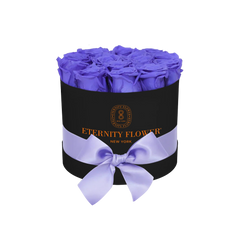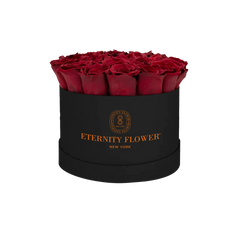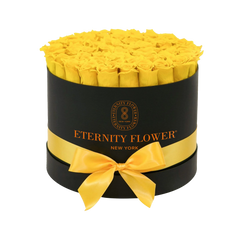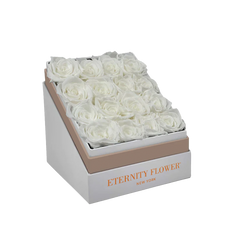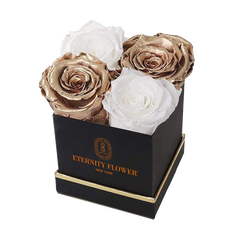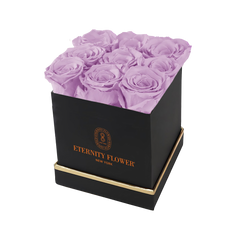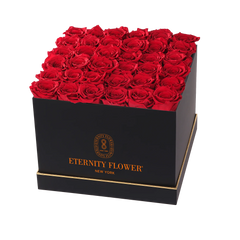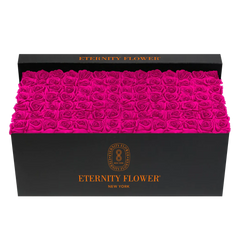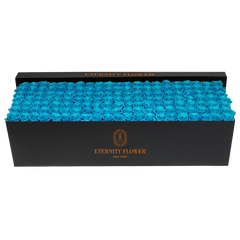The first flake of snow often heralds a season of hibernation for many gardeners. As leaves tumble and flowers fade, there's a misconception that gardens are destined to remain barren until spring's resurrection. Yet, winter's embrace holds a certain magic, with its pristine blankets of snow and a silence that speaks volumes.
For the discerning gardener, this season offers a unique canvas, painted in shades of frost and ice. A winter flower garden, brimming with resilient blooms and thoughtfully designed elements, can provide an oasis of color and life amidst the cold. This article journeys into the realm of winter gardening, offering tips, tricks, and insights that will help turn frosty plots into living artworks.
Choosing Frost-Resistant Blooms

Embracing winter's chill begins with understanding the flowers that flourish in such conditions. Many perennials and bulbs have evolved to thrive in cold climates, creating spectacular displays even in the harshest weather.
- Snowdrops: One of the first to herald the nearing spring, snowdrops are delicate, drooping white flowers that seem to glow against the snow. These bulbs are surprisingly hardy and can even bloom with snow still on the ground.
- Hellebores: Often called Christmas roses due to their winter blooming habits, hellebores come in a variety of colors, from pure white to deep burgundy. Their leathery leaves offer an evergreen backdrop throughout the year.
- Witch Hazel: This shrub's spidery yellow blooms are not only a delight to behold but also emit a sweet fragrance. Their blooms can last for weeks, often until early spring.
Strategically planting these with other dormant plants can create an arresting visual interplay. The beauty of a snowdrop cluster, for instance, set against the stark branches of a leafless tree, can be hauntingly beautiful.
Read More: Flower That Represents Love: A Symbolic Journey of Blossoms
Incorporating Evergreens for Continuity

Evergreens are the backbone of any winter garden. Their steadfast green foliage offers constancy and structure amid a landscape that can often appear barren.
- Pines and Firs: These classic evergreens have needle-like leaves that capture and glisten with morning frost. Their tall, towering presence can provide a much-needed vertical element to the garden.
- Boxwoods: Ideal for hedges or as solitary specimens, boxwoods' dense green foliage can be trimmed and shaped, offering architectural beauty.
- Yews: With their red berries and dark green needles, yews are not only a feast for the eyes but also attract winter wildlife like birds.
Placing evergreens near entrances or windows ensures that even on the coldest days, the vibrancy of life is but a glance away.
Read More: Yellow Flowers Meaning: Interpreting Flower Colors
Mulching: A Protective Layer

While often overlooked, mulching is the silent protector of the winter garden. Its significance extends beyond aesthetics, diving deep into the realm of plant health and soil quality.
- Straw and Bark: Both excellent choices for winter mulching, they insulate plant roots, regulate soil temperature, and minimize the chances of frost heave, where plants get pushed out of the ground by the natural freeze-thaw cycle.
- Leaf Mulch: Fallen autumn leaves, when shredded, can be repurposed as mulch. They decompose over time, enriching the soil with organic matter.
By preventing rapid temperature fluctuations, mulch safeguards plant roots, ensuring their survival through winter and preparing them for a robust spring resurgence.
Read More: Flowers for Condolences: Expressing Sympathy and Support
Creating Focal Points with Hardscaping

Winter gardens, devoid of summer's profuse foliage, draw attention to non-living elements, making hardscaping a critical design component.
- Water Features: Frozen ponds or fountains with icicles can become mesmerizing centerpieces, refracting winter sunlight in a dance of light and shadow.
- Stone Pathways: When dusted with snow, they guide visitors through the garden, creating a journey of discovery at every turn.
- Sculptures and Garden Art: These become even more pronounced in winter, standing tall and unobscured. Materials like metal or stone can take on entirely different characters when kissed by frost or draped in snow.
Hardscaping also offers functional benefits, from improved accessibility to reduced soil compaction in areas with heavy foot traffic.
Read More: Flowers for Anniversary: Celebrate Love with Beautiful Blooms
Utilizing Containers and Raised Beds

Elevating plants can offer numerous advantages in winter gardening, from better soil control to creating dynamic visual levels.
- Ceramic and Stone Planters: These can host a variety of winter blooms. The elevation protects plants from pests and offers improved drainage, crucial during winter thaws.
- Raised Wooden Beds: Apart from aesthetics, they ensure that the soil warms up faster as spring approaches, giving a head start to any plantings.
With containers, there's also the flexibility to move plants around, allowing for a change in scenery whenever desired.
Read More: Types of Orchids: Exploring Unique Varieties and Species
Conclusion
Embracing the frosty charm of winter doesn't mean bidding farewell to a garden's vibrancy. Through careful selection of resilient blooms, strategic use of evergreens, protective mulching, thought-out hardscaping, and the versatile advantages of raised containers, gardens can transform into winter wonderlands.
These winter gardens stand as a testament to nature's enduring beauty, offering solace and inspiration even in the chilliest months. As the snow blankets the ground and the world adopts a quieter pace, winter flower gardens beckon us to pause, reflect, and find warmth in nature's persistent dance.
Shop for your perfect gifts at Eternity Flower





